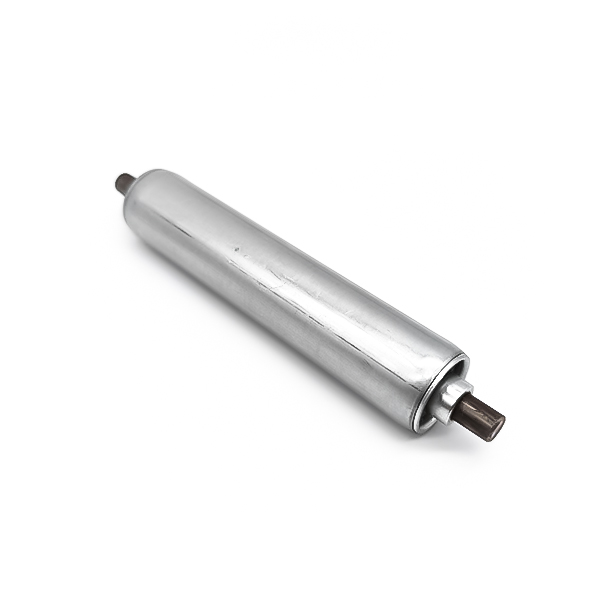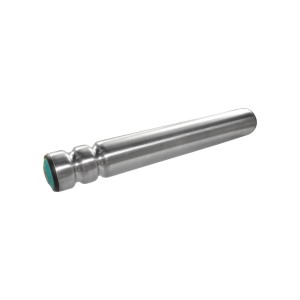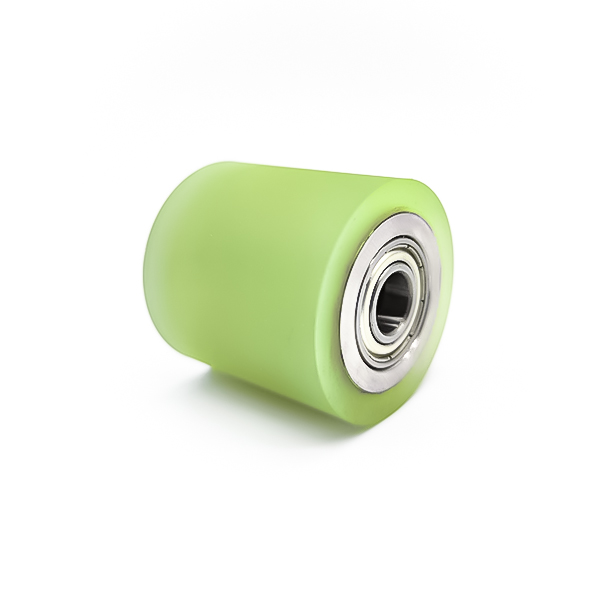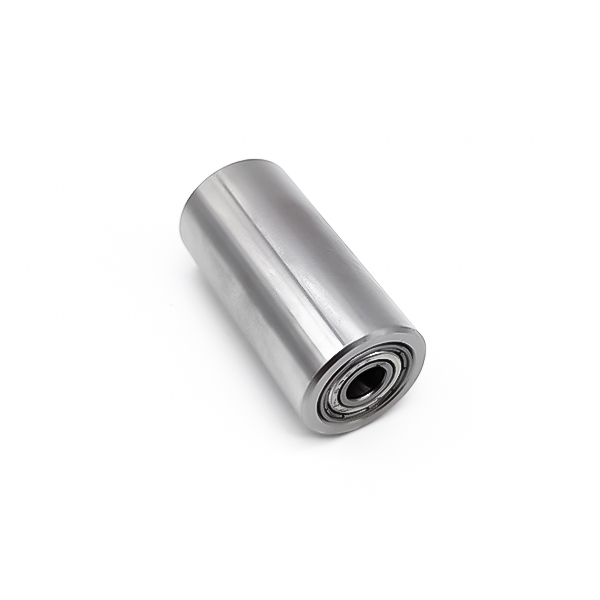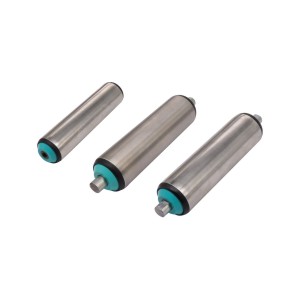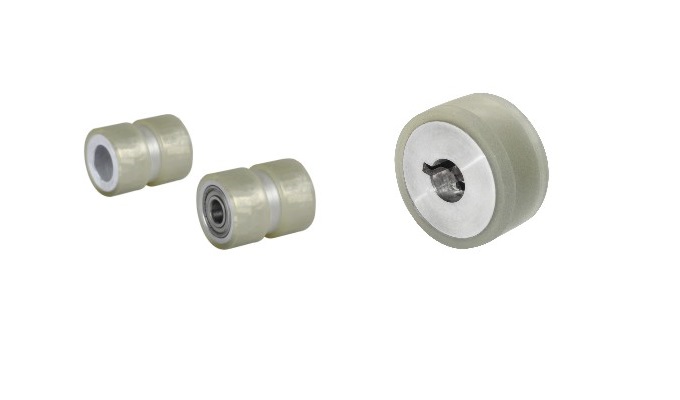In factory automation, rollers are critical components used in various conveyor systems, machinery, and processing lines. They facilitate the movement, processing, and assembly of materials and products, enhancing efficiency and productivity in manufacturing environments. Different types of rollers are used based on the specific needs of the application, material properties, and operational requirements. This blog will explore the various types of rollers used in factory automation industries, their features, and their applications.
1. Gravity Rollers
Description
Gravity rollers are unpowered rollers that rely on the force of gravity to move items along a conveyor. They are typically made of steel, aluminum, or plastic and are mounted on a frame to form a gravity conveyor.
Applications
Material Handling: Gravity rollers are used in warehouses and distribution centers to move boxes, packages, and other items.
Assembly Lines: They are employed in assembly lines where manual intervention is required to move products between stages.
Usage
Gravity rollers are arranged on an inclined frame, allowing items to move down the slope with minimal manual effort. They are ideal for lightweight and medium-weight items and provide a cost-effective solution for simple material handling tasks.
2. Powered Rollers
Description
Powered rollers, also known as motorized rollers or driven rollers, have an internal motor that drives the rollers, moving items along the conveyor. These rollers can be controlled to adjust speed and direction.
Applications
Automated Production Lines: Powered rollers are used in automated production lines where precise control of material movement is required.
Sorting Systems: They are used in sorting systems to direct items to different locations based on predetermined criteria.
Usage
Powered rollers are integrated into conveyor systems and controlled through a centralized system. They provide consistent and reliable movement of items, making them suitable for high-speed and high-volume applications.
3. Rubber-Coated Rollers
Description
Rubber-coated rollers have a layer of rubber or polyurethane on the surface, providing a non-slip grip and cushioning effect. They are used in applications where delicate handling of materials is required.
Applications
Printing Industry: Rubber-coated rollers are used in printing presses to feed paper and apply ink evenly.
Textile Industry: They are employed in textile manufacturing to handle fabrics gently and prevent damage.
Usage
Rubber-coated rollers are used in machinery and conveyor systems where materials need to be handled with care. The rubber coating provides traction and prevents slippage, ensuring smooth and accurate movement.
4. Stainless Steel Rollers
Description
Stainless steel rollers are made of corrosion-resistant stainless steel, making them suitable for harsh environments and applications requiring high hygiene standards.
Applications
Food and Beverage Industry: Stainless steel rollers are used in food processing and packaging lines where cleanliness and sanitation are critical.
Chemical Industry: They are employed in chemical processing plants where resistance to corrosive substances is necessary.
Usage
Stainless steel rollers are used in conveyor systems and machinery exposed to moisture, chemicals, and other harsh conditions. They offer durability and ease of cleaning, making them ideal for industries with stringent hygiene requirements.
5. Tapered Rollers
Description
Tapered rollers have a conical shape, allowing them to facilitate curved or angled conveyor paths. They help maintain the alignment of items as they move along the conveyor.
Applications
Curved Conveyors: Tapered rollers are used in curved conveyor sections to guide items smoothly around bends.
Packaging Lines: They are employed in packaging lines to direct products through different processing stages.
Usage
Tapered rollers are installed in curved conveyor frames, ensuring that items follow the desired path without falling off or becoming misaligned. They are essential for maintaining a continuous flow in complex conveyor layouts.
6. PVC Rollers
Description
PVC rollers are lightweight rollers made of polyvinyl chloride (PVC). They are resistant to corrosion and chemicals, making them suitable for various industrial applications.
Applications
Lightweight Material Handling: PVC rollers are used in handling lightweight items such as small packages, plastic containers, and electronic components.
Pharmaceutical Industry: They are employed in pharmaceutical manufacturing for transporting pills, bottles, and other products.
Usage
PVC rollers are integrated into conveyor systems where lightweight and corrosion resistance are important. They offer a cost-effective solution for applications that do not require heavy-duty rollers.
7. Conveyor Rollers with Bearings
Description
Conveyor rollers with bearings have built-in bearings that reduce friction and allow for smooth rotation. These rollers are available in various materials, including steel, aluminum, and plastic.
Applications
High-Speed Conveyors: Rollers with bearings are used in high-speed conveyor systems where minimal friction and smooth operation are critical.
Heavy Load Handling: They are employed in systems handling heavy loads, such as pallet conveyors and automotive assembly lines.
Usage
Rollers with bearings are used in applications requiring efficient and reliable rotation. The bearings ensure long-lasting performance and reduce maintenance requirements, making them suitable for demanding industrial environments.
8. Pallet Rollers
Description
Pallet rollers are heavy-duty rollers designed to handle the weight and size of pallets. They are typically made of steel and can support significant loads.
Applications
Warehouse Automation: Pallet rollers are used in automated warehouse systems to move and store pallets efficiently.
Manufacturing: They are employed in manufacturing plants to transport raw materials and finished products on pallets.
Usage
Pallet rollers are installed in conveyor systems designed to handle palletized loads. They provide robust support and smooth movement, ensuring that pallets are transported safely and efficiently.
9. Expandable Rollers
Description
Expandable rollers are part of flexible conveyor systems that can be expanded, contracted, and curved to fit different spaces and requirements. These rollers are usually mounted on a flexible frame.
Applications
Loading and Unloading: Expandable rollers are used in loading docks and shipping areas to facilitate the loading and unloading of trucks and containers.
Temporary Conveyor Solutions: They are employed in situations where temporary conveyor setups are needed, such as event setups and short-term projects.
Usage
Expandable rollers are used in conveyor systems that require flexibility and mobility. They can be adjusted to different lengths and angles, providing a versatile solution for various material handling needs.
Conclusion
Rollers are indispensable components in factory automation, playing a crucial role in material handling, processing, and assembly operations. Understanding the different types of rollers and their applications can help in selecting the right roller for a specific task, ensuring efficient and reliable operation. Whether it's for lightweight material handling, heavy load transportation, or specialized applications like printing and food processing, there is a roller type designed to meet the specific needs of each industry. As automation technology continues to advance, the development and use of various roller types will remain essential in enhancing productivity and efficiency in manufacturing and processing environments.


